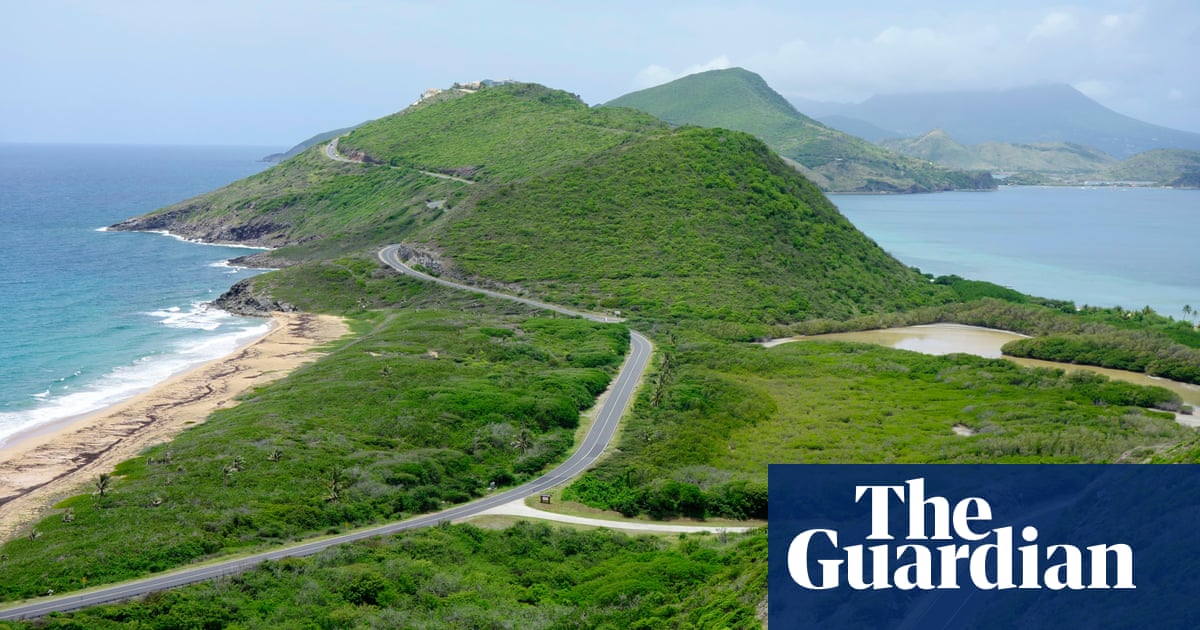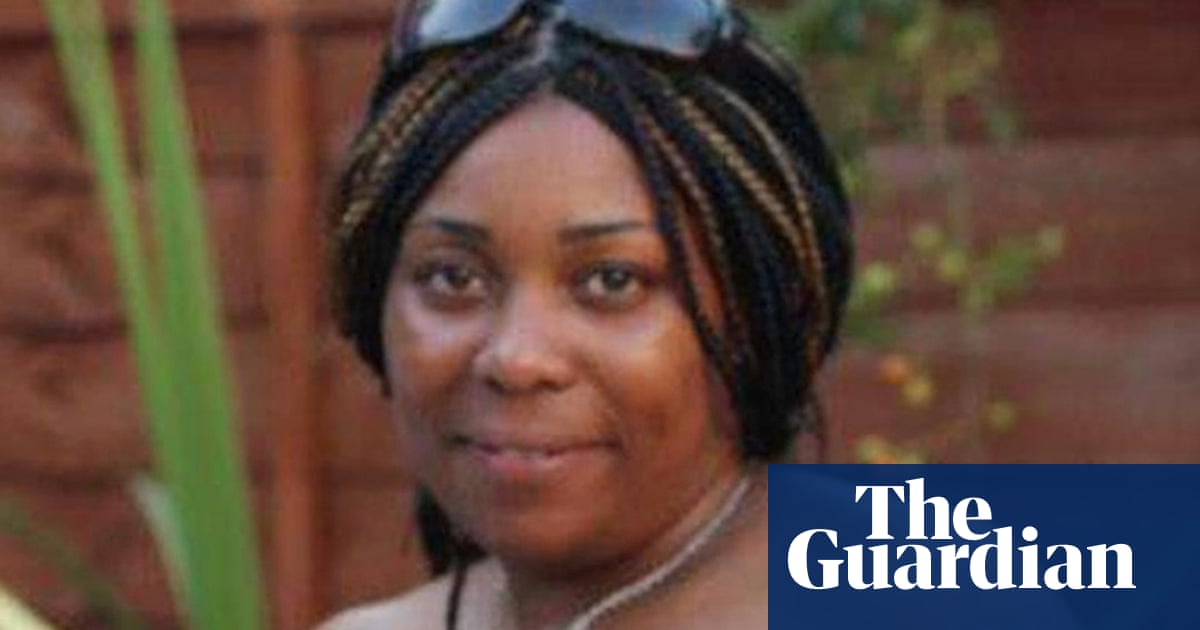
The first permanent artwork to honour the Windrush generation in the UK has been unveiled in the east London borough of Hackney, as councils across the country kick off the first day of Black History Month.
The work, created by the artist Veronica Ryan, is one of two permanent sculptures that symbolise the council’s respect and commitment to the Windrush generation and their legacy and contribution to the area. The second, by Thomas J Price, will be unveiled next spring.
Ryan’s three sculptures of Caribbean fruits – Custard Apple (Annonaceae), Breadfruit, (Moraceae) and Soursop (Annonaceae) – in bronze and marble were installed in Narrow Way Square on Mare Street on Friday morning.
“I was invited to make work about Windrush because it’s so complex,” Ryan said. “I grew up in the 1950s. My parents moved between London and Watford. I remember some of the complexities my parents had during the 1950s. I remembered my mum and some of her friends discovering Ridley Road market, and my mother bought fabrics and threads. I remembered some of the fruits and vegetables.”
The use of fruits ties into the narrative of migration and movement, she added. She hopes the artwork will foster a sense of ownership among the local community and provide a vital public space to celebrate their cultural heritage.
“I’m hoping that the community will recognise themselves through my choices. Through breadfruit, soursop, a custard apple, that the community will say: ‘Oh my goodness, oh I know those. Those are things we grew on trees back home,’” she said.
Carole Williams, the lead member for the council’s response to the Windrush scandal, described the permanent artwork as “another step on the road to doing the work that we committed to do as a council when we passed the comprehensive Windrush motion back in 2018, which was the first of its kind in the country”.
The motion has two strands: policy work that calls for an end to the hostile environment policies, challenging the impact it continues to have on the Windrush generation and their descendants; and celebrating and honouring the community.
The placement of the sculptures follows the removal and renaming of public statues and street names that were dedicated to slave traders, colonialists and racists across the UK. In Hackney, the council removed the road sign for Cassland Road Gardens – named after the slave trader John Cass – and renamed it Kit Crowley Gardens, after a “community stalwart” who spent six decades supporting her neighbours.
Williams said: “You can’t have one without the other. You’ve got to challenge past practices whilst also making a conscious choice and a conscious decision to honour, celebrate and commemorate those who have made positive contributions to life in Hackney.”
She was keen to stress that the consultations and renaming was “a real opportunity to retell the lost story of the history of Sir John Cass” and added: “We should not lose the piece on educating and re-educating about those stories because it is a valuable part of our history. By remembering it, we also are committed to not repeating that history as well.”












